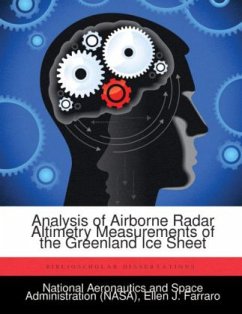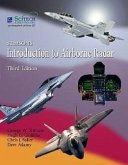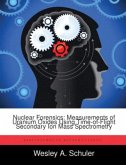This dissertation presents an analysis of airborne altimetry measurements taken over the Greenland ice sheet with the 13.9 GHz Advanced Application Flight Experiment (AAFE) pulse compression radar altimeter. This Ku-band instrument was refurbished in 1990 by the Microwave Remote Sensing Laboratory at the University of Massachusetts to obtain high-resolution altitude measurements and to improve the tracking, speed, storage and display capabilities of the radar. In 1991 and 1993, the AAFE altimeter took part in the NASA Multisensor Airborne Altimetry Experiments over Greenland, along with two NASA laser altimeters. Altitude results from both experiments are presented along with comparisons to the laser altimeter and calibration passes over the Sondrestroem runway in Greenland. Although it is too early to make a conclusion about the growth or decay of the ice sheet, these results show that the instrument is capable of measuring small-scale surface changes to within 14 centimeters. In addition, results from these experiments reveal that the radar is sensitive to the different diagenetic regions of the ice sheet. Return waveforms from the wet- snow, percolation and dry-snow zones show varying effects of both surface scattering and sub-surface or volume scattering. Models of each of the diagenetic regions of Greenland are presented along with parameters such as rms surface roughness, rms surface slope and attenuation coefficient of the snow pack obtained by fitting the models to actual return waveforms.
Hinweis: Dieser Artikel kann nur an eine deutsche Lieferadresse ausgeliefert werden.
Hinweis: Dieser Artikel kann nur an eine deutsche Lieferadresse ausgeliefert werden.








